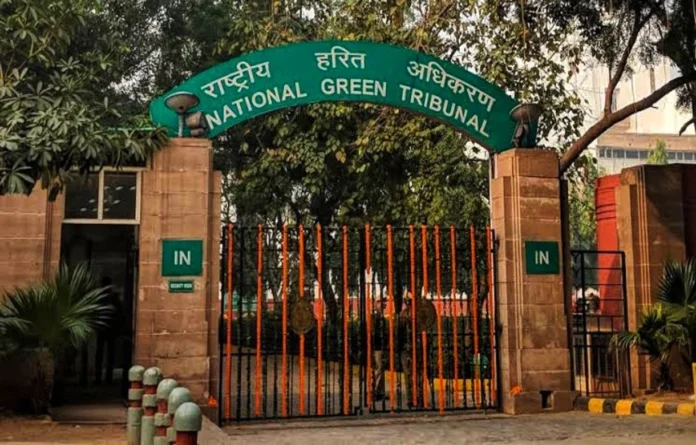The National Green Tribunal (NGT) has directed the respondents to file a reports by way of affidavit through e-filing to place on record the relevant material showing why in certain specified areas the ozone is found to be exceeding the parameters, any targeted approach which can be adopted for those areas and also any targeted approach which can be adopted for the ozone itself because the measures which have been adopted and disclosed in the reports are of general nature relating to the control of the pollution level in the air in respect of all the pollutants.
The Principal Bench of Justice Prakash Shrivastava, Justice Arun Kumar Tyagi and Dr A. Senthil Vel was examining the issue of rising levels of ground level of ozone in Delhi in the background that in many areas exceeds the 8-hourly average National Ambient Air Quality standards (NAAQS).
Through the order dated 27.05.2024, the concerned Respondents were impleaded and notices were issued to them. Respondent No.5 -CAQM has filed a response dated 30.08.2024, which discloses the role and harmful effects of Ozone (O3) as under:-
“5. That Ozone (O3) in the troposphere plays a crucial role in air quality. Near the surface, Ozone acts as an oxidant and chronic exposure to high levels of O3 is harmful to human health and vegetation at elevated levels. Therefore, O3 is known as a criteria air pollutant. Both natural (e.g. stubble and biomass burning, and biogenic emissions) and anthropogenic source (e.g. industry and transportation) are responsible for the release of precursors of ozone in the atmosphere. At the surface, O3 is formed as a secondary air pollutant.”
Major sources of precursors of Ozone like VOC and NOx etc. are shown to be as under:
“That Major Sources of precursors of Ozone like VOCs, NOx etc. include
Industries like chemical manufactures, paint manufacturers etc.
Fossil fuel based Thermal Power Plants;
Fossil fuel burning
Vehicles
Open burning sources like MSW burning, Agricultural Residue Burning.”
Though the report of CAQM mentions the initiatives taken by the Commission towards abatement of pollutants like VOCs and NOx, leading to the formation of ground-level ozone but it has not been disputed that these are the general measures that have been taken but they are not targeted measures for the specific areas where the parameters are exceeding.
The report has been filed by the DPCC (Delhi Pollution Control Committee) disclosing the areas where the concentration of ozone was found to be exceeding 8 hourly average prescribed NAAQS standard. The CPCB (Central Pollution Control Board) has also filed the report.
As per the said report in 7 stations 8 hourly average NAAQS was found to be exceeding for ozone in the entire year and in 9 stations it was found to be exceeding for summer season 2023 (March-May) .
The Counsel for the Respondents seeks four weeks’ time to place on record the relevant material showing why in certain specified areas the ozone is found to be exceeding the parameters, any targeted approach which can be adopted for those areas and also any targeted approach which can be adopted for the ozone itself because the measures which have been adopted and disclosed in the reports are of general nature relating to the control of the pollution level in the air in respect of all the pollutants.
Let such reports by way of affidavit be filed through e-filing , the NGT directed that the matter be listed on 23.12.2024 for further hearing.


